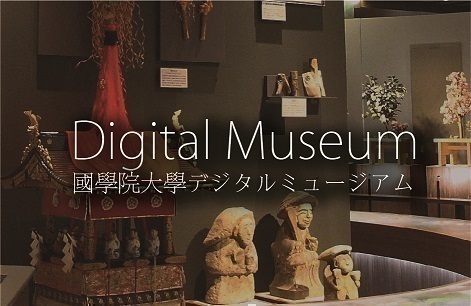- トップ
- Encyclopedia of Shinto
- Tanaka Yoritsune
Encyclopedia of Shinto
| Main Menu: | |
| Links: |
詳細表示 (Complete Article)
| カテゴリー1: | 8. Schools, Groups, and Personalities |
|---|---|
| カテゴリー2: | Personalities |
| Title | Tanaka Yoritsune |
| Text | (1836-97) A scholar of National Learning (kokugaku) of the late Edo and early Meiji periods. He was born in 1836 as the son of Tanaka Shirōzaemon, a retainer of Satsuma Domain (in present-day Kagoshima Prefecture). At the age of fifteen he was implicated in a political dispute and was exiled to the island of Ōshima. In the first year of the Meiji Restoration (1868), Tanaka was appointed as an instructor of the kokugaku Department of the domainal academy Zōshikan, as well as Magistrate of Shrines (jinja bugyō). In 1871, he was appointed to investigate the legendary "three imperial tombs of the Divine Age" (jindai sanryō). From the next year, he became an adjunct official in the Ministry of Divinities (Jingishō; see Meiji Jingikan), acting as the Senior Secretary for Religious Education (kyōbu dairoku). He was finally appointed Senior Chief Priest (daigūji) of the Grand Shrines of Ise (Ise Jingū) in 1874 (the post was renamed Chief Priest (gūji) in 1877 as the result of administrative reforms). In 1876, Tanaka was appointed Senior Prefect of Instruction (daikyōsei) in the Office of Preceptors (Kyōdōshoku) of the Meiji government's Great Promulgation Campaign (taikyō senpu); in 1880 he was appointed the Deputy Superintendent of the Shinto Office (Shintō Jimukyoku). During the so-called "pantheon dispute" (saijin ronsō, a conflict regarding the kami enshrined in the Shinto Office; see Shintō Jimukyoku), Tanaka was active as the leader of the Ise group and confronted Senge Takatomi (1845-1918), the leader of the Izumo group. When Shinto Jingūkyo became an independent religious organization in 1882, Tanaka resigned as Chief Priest of the Grand Shrines of Ise and became the Superintendent (kanchō) of Jingūkyō. He died on April 10, 1897, at the age of sixty-two. He wrote Kōtei Kojiki, Kōtei Nihongi, Kōtei Kogoshūi, Kashikodokoro saijin kōshō, Jingū saijin teiyō, and others works. See also Jingukyō. —Takeda Hideaki |




